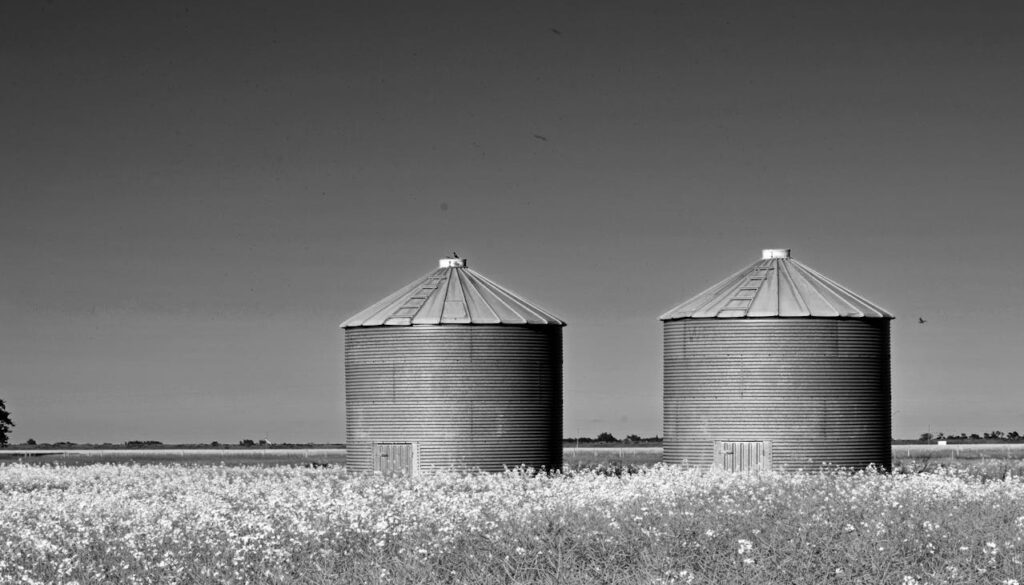Grain Market Update: Do Farmers Need to Sell Grain Before Year-End?

As the year-end approaches, many farmers are contemplating whether now is the right time to sell their grain. Market trends, pricing strategies, and economic factors all play a role in this critical decision. Here’s what market experts are saying, based on recent insights from the agricultural industry.
Navigating Current Grain Markets
Brian Doherty, a senior market analyst with Total Farm Marketing, emphasizes the importance of taking a balanced approach when making grain marketing decisions. Speaking during a recent Market Talk interview, Doherty highlighted, “There’s ample supply of grains, but there’s not so much grain that the market couldn’t change in a hurry.” This underscores the need for farmers to carefully weigh their options.
The current grain market reflects both opportunity and caution. Corn prices, for example, recently fluctuated around the $4.50 mark for March contracts. Doherty noted that farmers who set price orders for $4.50 were able to sell during a rally earlier in the week, capturing value before the market dipped again. This illustrates the importance of monitoring rallies and being prepared to act decisively.
Key Factors to Consider Before Selling
Several factors may influence whether farmers choose to sell their grain before the end of the year:
1. Tax Implications
Selling grain before December 31 could have tax implications for farmers. While it might help balance cash flow or take advantage of high prices, it’s important to consult a tax advisor to ensure the timing aligns with financial planning goals.
2. Current Prices and Market Trends
Doherty advises farmers to set realistic price targets, explaining, “Think about December corn getting some price orders into that $4.75 to $4.85 area. It doesn’t have to be a lot, but it creates action and activity.” By setting actionable targets, farmers can capitalize on rallies while avoiding missed opportunities.
3. Weather and Supply Risks
Weather remains a significant wildcard in agriculture. While there’s currently an ample grain supply, Doherty warns, “One scenario is everything goes perfect and demand falters. Well, then we’re in a bear scenario. But I think we’re going to have some opportunities.”
4. Storage Capacity
Farmers with adequate storage may choose to hold onto their grain and wait for a better market. However, those nearing capacity or facing quality concerns may need to sell sooner rather than later.
Selling in Rallies: A Strategic Move
One of Doherty’s key recommendations is to “sell into rallies.” This strategy involves placing price targets and executing sales when the market hits favorable levels. Even small sales during rallies can provide cash flow and peace of mind, especially in a volatile market.
Doherty explained, “Selling rallies creates your brain to engage once those are triggered. Whether you do more or hold back, at least you get something sold on a rally, and there’s a victory in selling rallies.”
Preparing for 2024
Looking ahead, farmers should remain vigilant. While ample grain supplies suggest stability, unexpected changes in demand or global markets could shift the balance. Doherty encourages farmers to “continue to look for a balanced approach” in the coming year.
At Control Chief Corporation, we understand the unique challenges grain producers face in managing their transportation operations. Our locomotive remote control solutions are specifically designed to help grain terminal operators and grain handlers streamline their operations, improving efficiency and safety when moving locomotives at grain elevators, railyards, and shipyards. Whether you’re loading grain onto railcars or you are managing an entire yard full of trains, our remote control solutions provide the reliability and precision needed to optimize your operations in even the toughest conditions.

Views: 6



